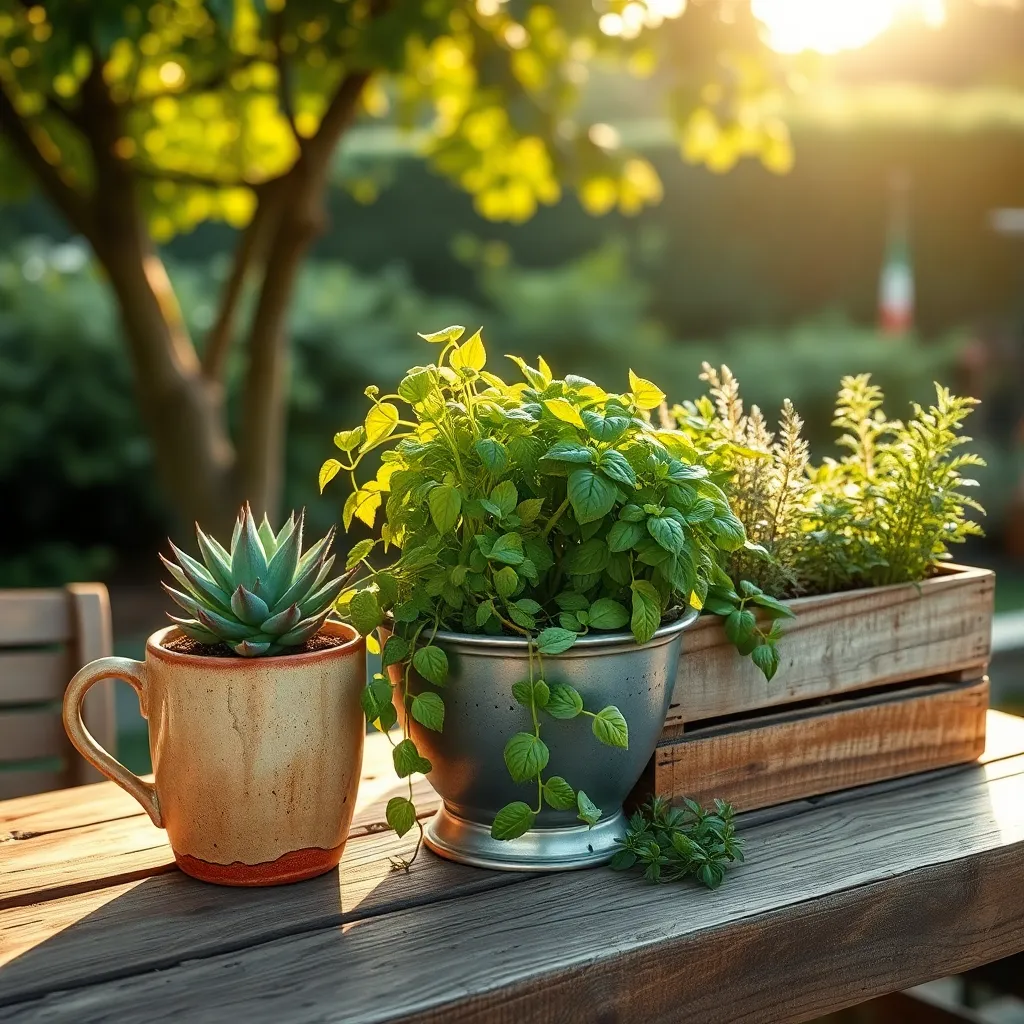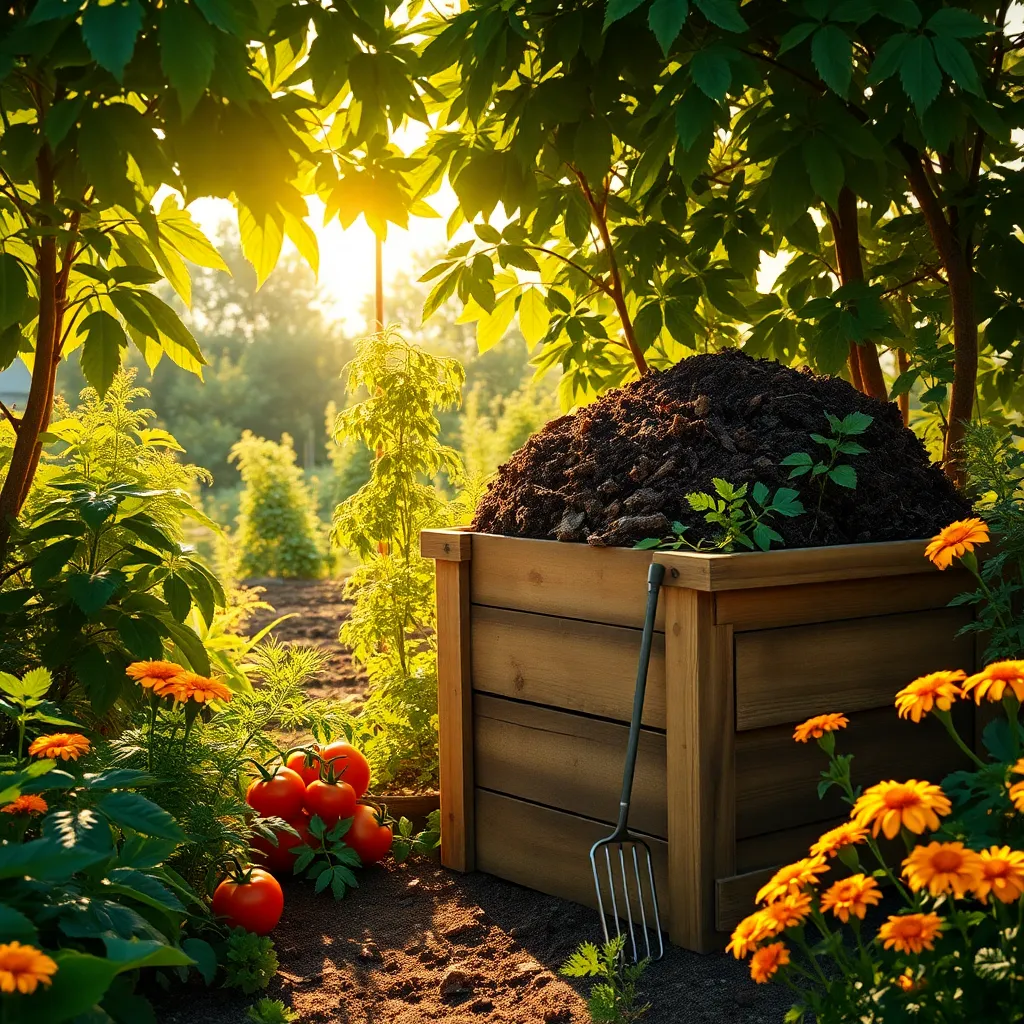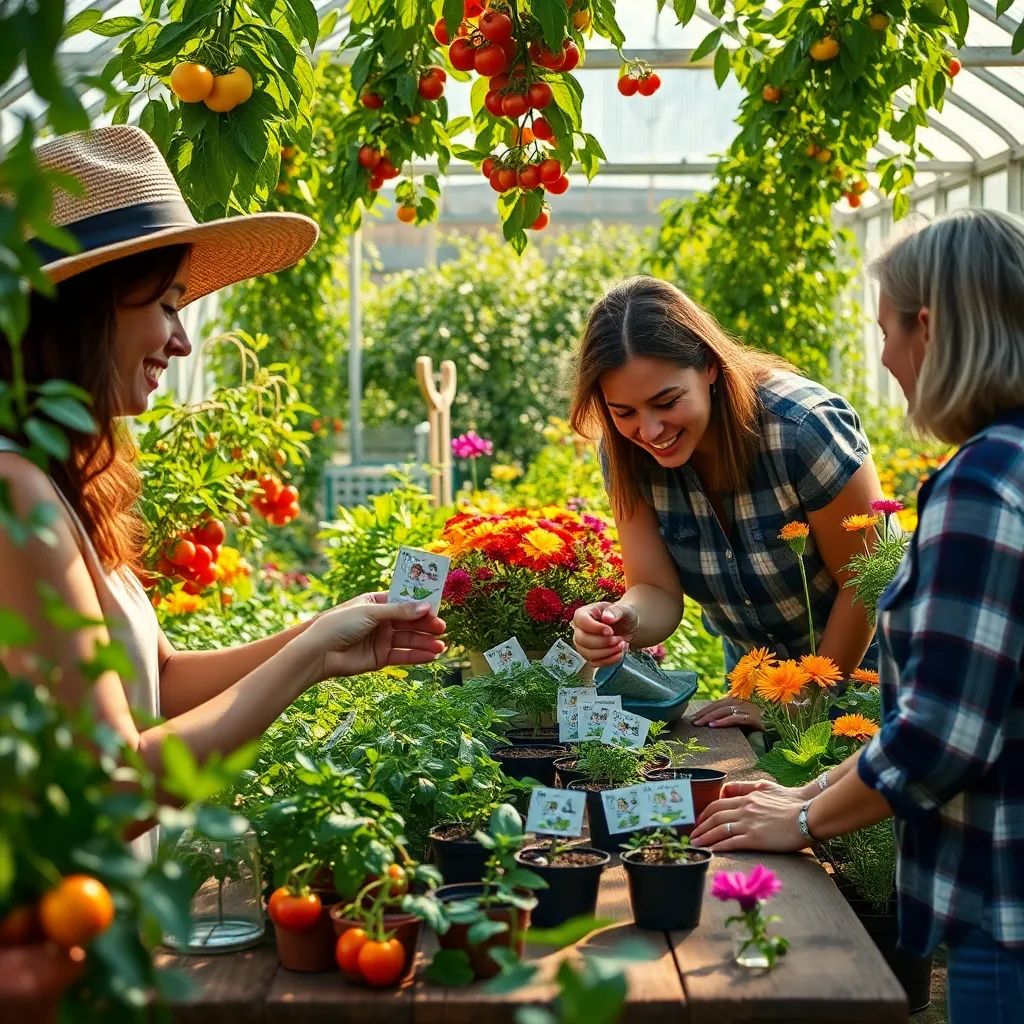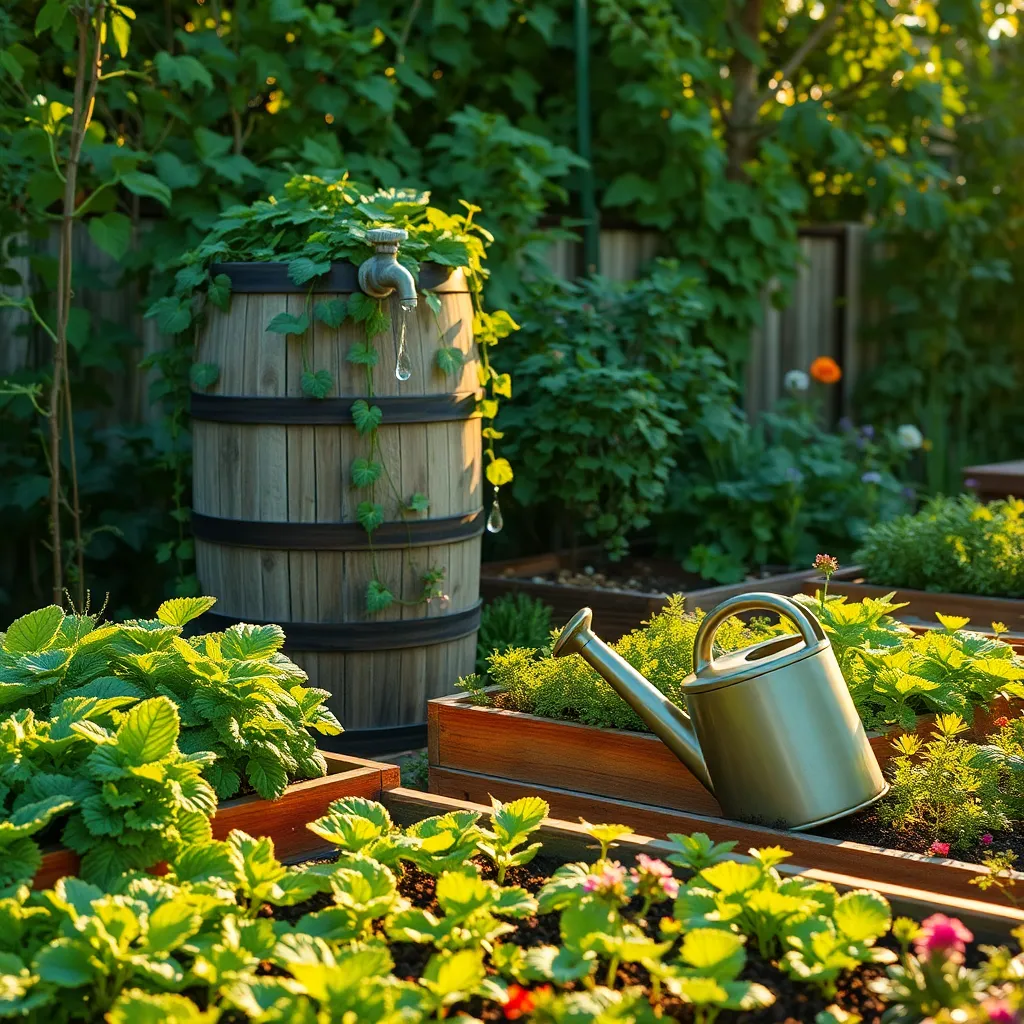Gardening is a journey filled with the joy of nurturing life and the thrill of watching it flourish. Whether you’re a beginner planting your first seed or an experienced gardener refining your craft, the beauty of gardening lies in its endless possibilities—and it doesn’t have to break the bank. Our guide, “Tips For Gardening On A Budget,” is designed to help you cultivate your green oasis without straining your wallet.
In this guide, you’ll discover creative and cost-effective strategies to transform your garden into a vibrant haven. From repurposing household items to selecting budget-friendly plants, these tips are crafted to empower you with confidence and creativity. Get ready to unearth the practical benefits of gardening that can enrich your life, from fresh produce to a serene outdoor retreat, all while keeping your budget in check.
Reuse Household Items as Planters

Transforming household items into planters not only saves money but also adds unique charm to your garden. Consider using old teapots, boots, or even colanders as creative containers for your plants.
Before planting, ensure that your chosen item has adequate drainage holes to prevent waterlogging. Drill or punch holes if necessary, as this will help your plants thrive by avoiding root rot.
For beginners, start with plants that are forgiving and adaptable, such as succulents or herbs. These plants typically require less water, making them ideal for unconventional planters that might not retain moisture as well as traditional pots.
Advanced gardeners might experiment with larger items, like wooden crates or barrels, which can hold bigger plants or even small shrubs. Line these containers with landscape fabric to retain soil while still allowing excess water to escape.
To optimize growth, use a high-quality potting mix that matches your plant’s needs. For example, cacti and succulents benefit from a well-draining soil mix, while herbs often prefer a more nutrient-rich medium.
Reusing household items as planters not only adds a personal touch to your garden but also contributes to sustainable practices. By repurposing, you reduce waste and create a more environmentally friendly garden space.
Start Plants from Kitchen Scraps

Starting plants from kitchen scraps is a fantastic way to save money and reduce waste. Many common vegetables can be regrown using scraps, allowing you to enjoy a continuous supply without purchasing new seeds or seedlings.
For example, you can regrow green onions by placing the white roots in a glass of water with the root end down. Keep the water fresh by changing it every few days, and soon you’ll have fresh green shoots to harvest.
Celery is another excellent candidate for regrowing from scraps. Simply cut off the base of the celery stalk and place it in a shallow bowl of water, ensuring it’s in a sunny spot, and watch as new stalks begin to sprout.
Potatoes can be grown from their eyes, which are the small sprouts that form on the surface. Cut a potato into chunks, ensuring each piece has at least one eye, and plant them in well-draining soil, keeping them moist but not waterlogged.
Advanced gardeners might enjoy regrowing avocado pits by suspending them over water with toothpicks until roots and a stem appear. Once the roots are substantial, transplant the pit into a pot with nutrient-rich soil, and watch your new avocado tree grow.
Make Homemade Compost for Fertilizer

Creating homemade compost is an excellent way to enrich your garden soil without spending a fortune. Start by collecting kitchen scraps like fruit peels, vegetable trimmings, and coffee grounds, all of which make great compost materials.
To balance your compost, add brown materials such as dried leaves, small branches, and shredded newspaper. These ingredients provide the necessary carbon to complement the nitrogen-rich green materials from your kitchen.
Layer your materials in a compost bin or pile and ensure it is kept moist but not soggy. Turning the pile every couple of weeks helps aerate the compost, speeding up the decomposition process.
For optimal results, aim for a compost mixture that feels like a damp sponge. In about two to three months, your pile should transform into dark, crumbly compost that smells earthy, which means it’s ready to use.
Swap Seeds with Local Gardeners

Connecting with local gardeners to swap seeds is an excellent way to diversify your garden without spending a lot of money. You can exchange seeds for plants that you may not have considered before, giving you a chance to experiment with new varieties.
Start by joining local gardening groups or clubs where seed swapping events are commonly organized. These gatherings not only provide access to a wide range of seeds but also valuable advice from experienced gardeners.
When participating in a seed swap, ensure that the seeds you bring are well-labeled and viable. Labeling should include the plant type, variety, and any specific growing conditions, such as whether the plant prefers full sun or partial shade.
It’s important to understand the specific growing conditions of the seeds you acquire. Research the optimal soil types, whether your seeds need a particular pH level, or if they thrive in well-draining or moisture-retentive soils.
For more experienced gardeners, consider saving seeds from your own plants to bring to swaps. This not only saves money but also allows you to share resilient plants that are well-suited to your local climate.
Utilize Rainwater for Irrigation

Rainwater is a free and sustainable resource that can significantly reduce your water bill. By setting up a simple rainwater collection system, you can gather water that is naturally soft and free of chemicals, perfect for your plants.
To start, consider installing a rain barrel beneath a downspout to capture runoff from your roof. Ensure that your barrel has a sturdy lid to prevent debris and insects from contaminating the water.
Make sure to position the barrel on a raised platform to leverage gravity for easy water access. This setup allows you to attach a hose or watering can for straightforward distribution throughout your garden.
For more efficient use, consider connecting multiple barrels to increase water storage capacity. This is particularly useful during dry spells when water conservation is crucial for maintaining healthy plants.
Conclusion: Growing Success with These Plants
In exploring the intersection of gardening and relationships, we’ve uncovered five key concepts: nurturing growth through consistent effort, embracing patience as you watch your efforts blossom, fostering communication with your partner through shared activities, cultivating resilience by learning from challenges, and celebrating small victories together. These principles not only enrich your garden but also strengthen your bond, providing a fertile ground for your relationship to thrive.
As an immediate next step, consider planning a small gardening project with your partner this weekend. Whether it’s planting herbs in a windowsill box or starting a backyard flower bed, the shared experience will allow you to apply these concepts in a tangible way, enhancing your connection.
Remember, relationship success is much like a garden—it requires ongoing care and attention. Save or bookmark this article now to revisit these insights and tips whenever you need a relationship boost. By keeping this resource handy, you’re investing in your relationship’s future, ensuring that it remains vibrant and resilient. Embrace this journey with optimism, knowing that with each seed you plant, you’re sowing the seeds for a flourishing partnership.

